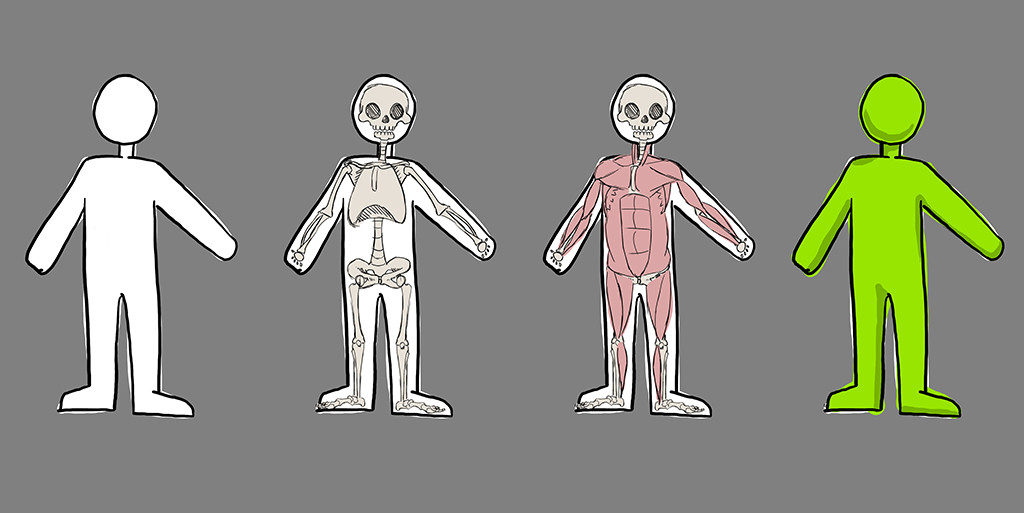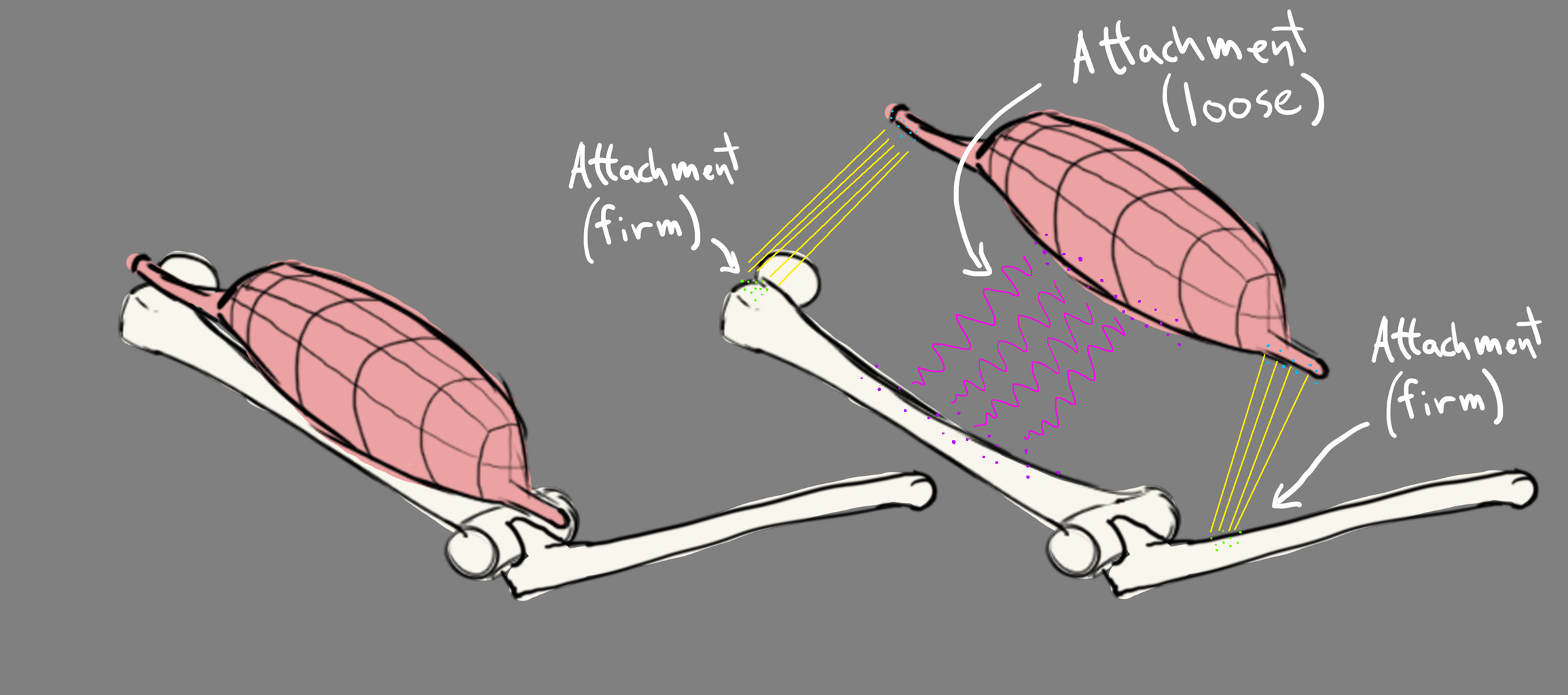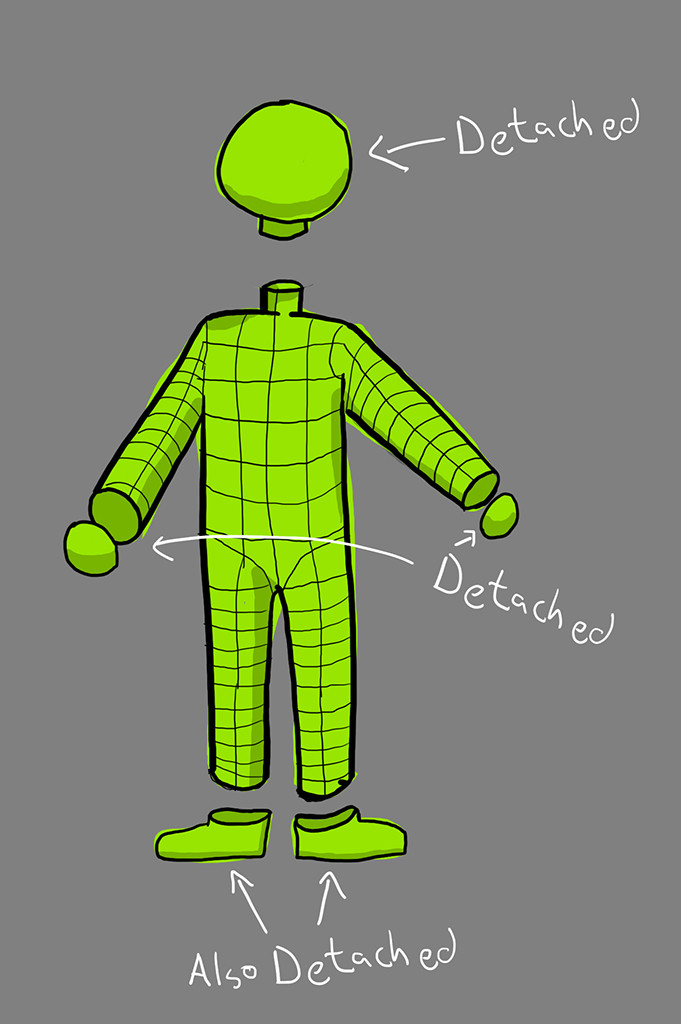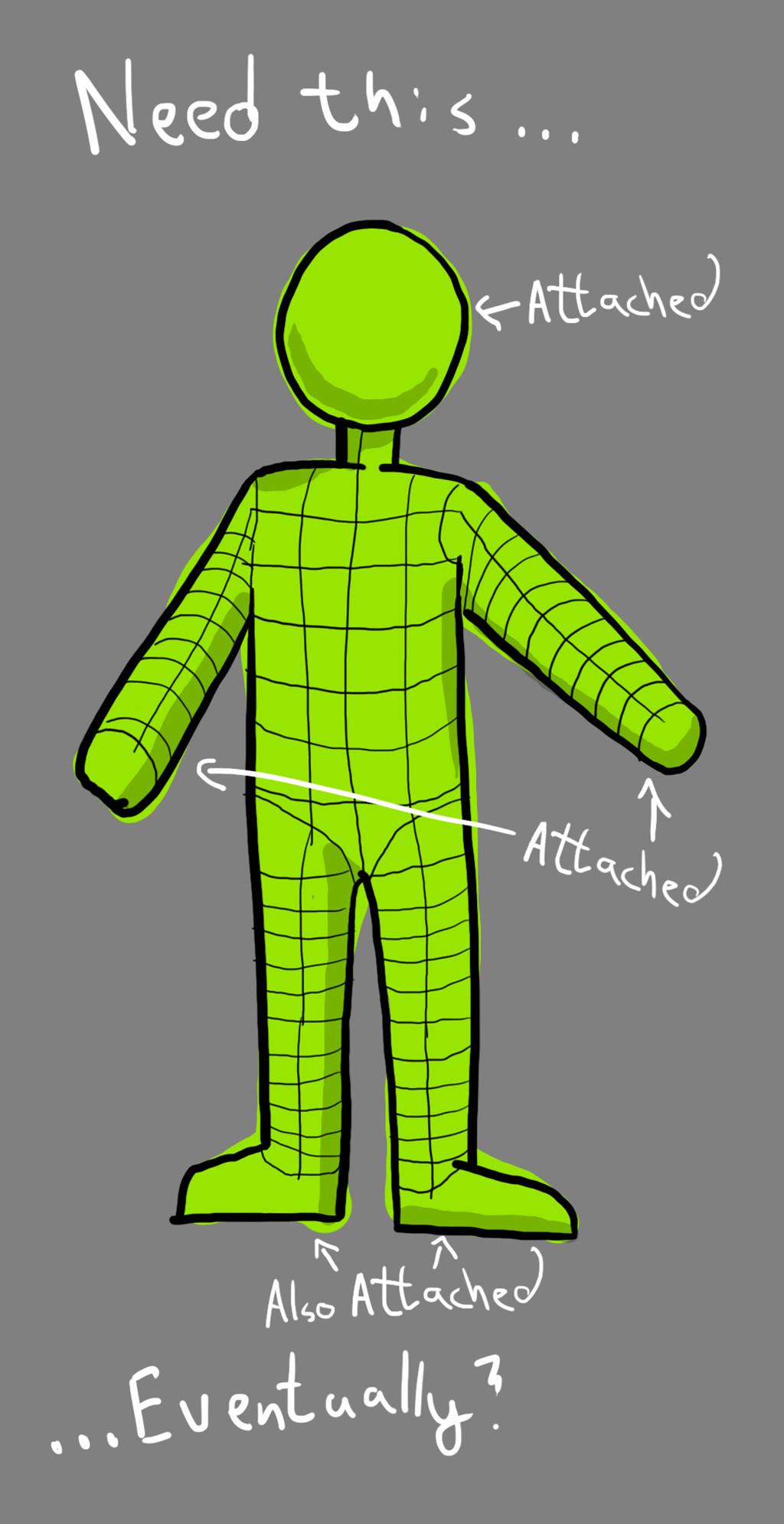Hi! My name is Elliot and I am looking into Ziva as a modeling tool for a company I do design/figurative/R&D work for. We have our standard figure models (and occasionally new models that we generate) that we commonly have to re-pose and 3D Print for various clients. We have very limited rigging/skinning expertise in-house, and Ziva seems like a perfect tool to circumvent this lack and leverage our other skill sets. As it stands now, we take an approved model, rig and skin it in a base-level manner in Maya (we are NOT a VFX house nor do we do any animation, so what is a 'good' rig to us is undoubtedly very rudimentary to most of the folks on this forum), pose it, and very often spend quite a bit of time fixing in ZBrush what our Maya rigs break before prepping for print. This 'fixing' stage can be time consuming for us, and not all our digital artists have the anatomy background to correct the rigging artifacts from the more extreme poses. It is my hope that Ziva can help us re-shape this workflow.
I'd like to lay out a couple of high-level questions I have about how to use Ziva for this purpose. I feel comfortable that
we can do most of the required work to get Ziva operating, but there are gaps in my understanding, and I want to be sure that we will be able to handle the requirements in those gaps (either with our current skill sets, or determine what we need to learn to fill the gaps); to do that, I feel I need to outline what (I think) I understand about how it works to point out the areas I am fuzzy on (these steps are only approximately in order):
1) We want to go from this (standard 'A' or 'T' pose) to this (some arbitrary pose) After animating the bones (the method is really not important), those bones with their animations are exported to an Alembic file, which is imported into Maya and assigned Ziva Bone object status:

2) To do this with Ziva, we build a model of a skeleton inside the approved model, then build muscle objects in the same fashion:

3) Using the Ziva commands, muscles are attached (loosely or firmly) to bones:

4) By painting the 'start' and 'end' of muscle objects, the fiber direction of a muscle can be established, so that, when the Line of Action changes length (by being riveted to adjacent bone objects), the muscle can 'flex' and firm up axially:

5) A fascia object is made by 'shrink wrapping' (possibly using Ziva simulation to do this by making it a Ziva Cloth object and applying one or more forces) a figure model around the bones and muscles in the base pose ('A', 'T', or other):

...this is where things start to get murky for me...
6) In reading/watching all the material I have viewed (not all that is available, certainly, but much of it), I see this
kind of scenario used:

7) But, not understanding how the final 'hero model' is made (which is where all of this is going), I would assume that
something like this would be eventually required, since the models will have heads, hands, and feet:

8) But continuing on with what I have seen so far, a copy of this fascia object is Wrapped (we already use Wrap 3 in our pipeline) to the original approved model, and a skin/fat 'glove' is made by bridging the open ends of the skin/fat object to the corresponding open ends of yet another copy of the fascia object; this makes a watertight, non-zero-volumed object that the Ziva tet mesh can populate volumetrically:

9) The muscles are Ziva simmed over the Alembic cache of the bones being animated (Lines of Action, where applicable), and are Alembic cached themselves, becoming the 'bones' for the fascia in the next step:

10) If I understand correctly, since in Ziva 1.4 fascia and fat/skin can be simmed simultaneously, the fat/skin glove we
made is now assigned Tissue status and simmed over the animated muscle and bone geometry that had been Alembic cached and is now the Ziva Bone Objects:

It is at this point I lose the thread of what to do next in two respects (again, we are not VFX folks, so if any of this is
common knowledge in that part of the industry, please forgive our ignorance and could you point us in the direction of the skills/tools/knowledge required to complete these steps?):
11) All the tutorials seem to use relatively low-poly models. I understand that this may be just for purposes of performance while conducting webinars and such, but are we eventually driving a high-poly 'hero' model with a low-poly model to get the final result? If so, I am unclear how that is done:

12) Also, are heads/hands/feet to be simmed separately? If so, how are they attached later into a final hero model? If not, how is the fascia attached to the skin/fat if there is no bridge? is the Fascia just
an Alembic-baked 'bone' driving the skin/fat object but otherwise not geometrically connected?:

13) On the subject of resolution, how are effects like the 'rhino skin' accomplished over a whole character if a fairly
high-poly model isn't directly simulated in Ziva? Am I underestimating the density of final mesh Ziva will happily handle?:

Now, if some of this is covered somewhere that I missed, please send me that way; I'm not looking to have anyone teach me a whole discipline. Also, if simply downloading the trial and opening the demo files will answer these questions, just say so.
Thank you for your time! I look forward to all the possibilities with Ziva! Cheers, Elliot
